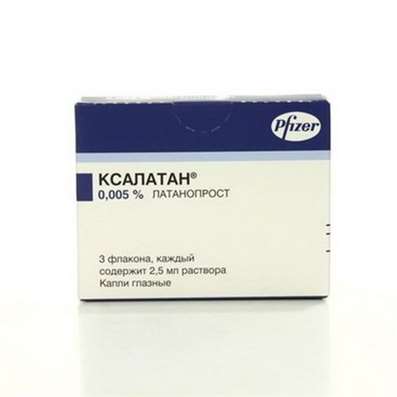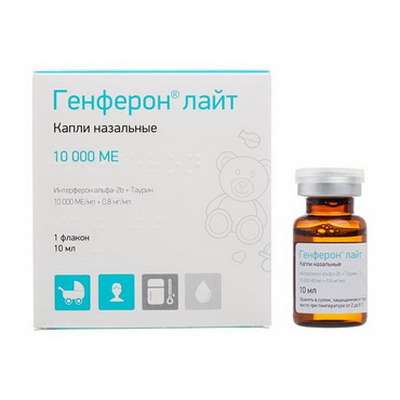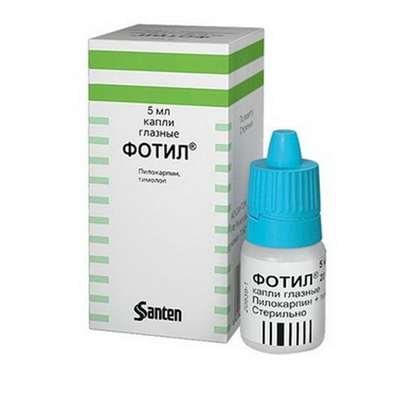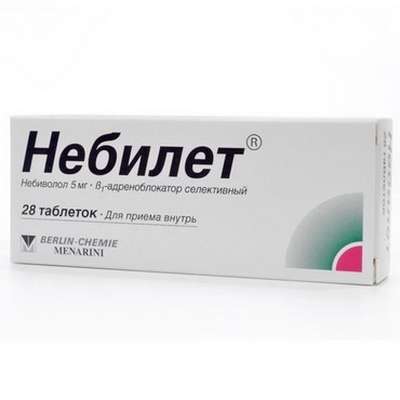Instruction for use: Valsartan
I want this, give me price
The trade name of Valsartan: Artinova, Valaar, Valz, Valsartan, Valsartan A, Valsartan Zentiva, Valsartan MS, Valsartan N, Valsartan-SZ, Valsartan, Valsaforce, Valsacor, Diovan, Nortivan, Sartavel, Tantordio, Tareg
Latin name of substance Valsartan
Valsartanum (genus. Valsartani)
Chemical name
N - [[2 '- (1H-Tetrazol-5-yl) [1,1'-biphenyl] -4-yl] methyl] -N-valeryl-L-valine
Gross formula
C24H29N5O3
Pharmacological group of substance Valsartan
Angiotensin II receptor antagonists (AT1 subtype)
The nosological classification (ICD-10)
I10 Essential (primary) hypertension: hypertension; Arterial hypertension; Arterial hypertension crisis course; Essential Hypertension; Essential hypertension; Essential hypertension; Essential hypertension; Essential hypertension; Primary hypertension; Arterial hypertension, complications of diabetes; The sudden increase in blood pressure; Hypertensive disorders of blood circulation; hypertensive condition; hypertensive crises; arterial Hypertension; malignant Hypertension; Hypertonic disease; hypertensive crises; accelerated hypertension; malignant hypertension; The aggravation of hypertensive disease; Transient hypertension; Isolated systolic hypertension
I15 Secondary hypertension: Arterial hypertension, complications of diabetes; hypertension; The sudden increase in blood pressure; Hypertensive disorders of blood circulation; hypertensive condition; hypertensive crises; hypertension; arterial Hypertension; malignant Hypertension; hypertensive crises; accelerated hypertension; malignant hypertension; The aggravation of hypertensive disease; Transient hypertension; hypertension; Arterial hypertension; Arterial hypertension crisis course; renovascular hypertension; Hypertension symptomatic; Renal hypertension; Renovascular hypertension; renovascular hypertension; Symptomatic hypertension
I21 Acute myocardial infarction: Myocardial infarction in the acute phase; Acute Myocardial Infarction; Myocardial infarction with pathologic Q wave and without; Myocardial infarction complicated by cardiogenic shock; Infarction left ventricular; Transmural myocardial infarction; Myocardial infarction netransmuralny (subendocardial); Netransmuralny myocardial infarction; Subendocardial myocardial infarction; The acute phase of myocardial infarction; Acute myocardial infarction;Sub-acute phase of myocardial infarction; Subacute phase of myocardial infarction; Thrombosis of the coronary arteries (the arteries); Threatened myocardial infarction; Myocardial infarction without Q wave
I50.0 Congestive heart failure: anasarca heart; Decompensated congestive heart failure; Congestive heart failure; Congestive heart failure with high afterload; Congestive chronic heart failure; Cardiomyopathy with severe chronic heart failure; Compensated chronic heart failure; Swelling with circulatory failure; Edema of cardiac origin; Swelling of the heart; Edematous syndrome in diseases of the heart; Edematous syndrome in congestive heart failure; Edematous syndrome in heart failure; Edematous syndrome in heart failure or liver cirrhosis; right ventricular failure; Congestive Heart Failure; Heart failure stagnant; Heart failure with low cardiac output; Heart failure is a chronic; Cardiac edema; Chronic decompensated heart failure; Chronic Congestive Heart Failure; Chronic heart failure; Change of liver function in heart failure
CAS code
137862-53-4
Characteristics of the substance Valsartan
White or almost white powder. Soluble in ethanol and methanol, little soluble in water. Molecular weight is 435.5.
Pharmacology
Pharmacological action - antihypertensive.
Competitively blocks the receptors of angiotensin II (subtype AT1), located in the vessels, heart, kidneys, brain, lungs and the adrenal cortex. Suppresses all the mediated through AT1 receptors effects of angiotensin II, incl. Vasoconstriction and aldosterone secretion. Reduces hypertrophy of the myocardium in patients with arterial hypertension. Does not affect the content of total cholesterol, triglycerides, glucose and uric acid.
Antihypertensive effect develops within 2 hours after taking a single dose, reaches a maximum after 4-6 hours and lasts up to 24 hours. With regular use, a persistent decrease in blood pressure occurs in 2-4 weeks.
Quickly absorbed from the digestive tract. Bioavailability is 10-35% (an average of 25%). Cmax is achieved in 2-4 hours. Food intake reduces the AUC by 40% and Cmax by 50% without changing the efficiency. Binding to plasma proteins (mainly with albumin) 94-97%. The volume of distribution is 17 liters. A small part (20%) is biotransformed to form an inactive metabolite (valeryl 4-hydroxy valsartan), and the main one is excreted unchanged mainly with feces (70%) and urine (30%). T1 / 2 about 9 hours.
AUC and Cmax increase in elderly patients (over 65 years) by 70% and 35%, respectively.
In experimental studies in mice and rats, it had no carcinogenic effect at 24 months of administration in doses up to 160 (mice) and up to 200 mg / kg / day (rats), which corresponds to 2.6 and 6 MPDH. In males and female rats (up to 200 mg / kg / day inwards), no adverse effect on reproductive function was provided. Mutagenic properties in valsartan have not been identified.
Application of Valsartan
Arterial hypertension; Chronic heart failure (II-IV functional class according to NYHA classification) as part of complex therapy; Increased survival of patients with acute myocardial infarction complicated by left ventricular failure and / or left ventricular systolic dysfunction, with stable hemodynamic parameters.
Contraindications
Hypersensitivity, pregnancy, breast-feeding.
Restrictions
Age under 18 years (efficacy and safety of use not proven).
Application of pregnancy and breastfeeding
Contraindicated in pregnancy
The action category for fetus by FDA is D.
For the duration of treatment, breastfeeding should be discontinued (it is not known whether valsartan is excreted into breast milk).
Side effects of Valsartan
From the nervous system and sensory organs: rarely - weakness, headache, dizziness.
On the part of the digestive tract: rarely - diarrhea, nausea, abdominal pain, increased activity of hepatic transaminases.
From the cardiovascular system and blood (blood, gemostaz): rarely - neutropenia (1,9%), anemia, a decrease in hematocrit.
Other: rarely - cough, hyperkalemia, viral infections.
Interaction
Strengthens (mutually) the hypotensive effect of diuretics. Potassium-sparing diuretics, as well as preparations containing potassium, increase the risk of hyperkalemia.
Update of information
Lithium preparations
With the simultaneous use of lithium-containing drugs with angiotensin II receptor antagonists, including valsartan, a reversible increase in lithium serum levels and an increase in its toxic effects were noted. In this regard, it is recommended to monitor the content of lithium in the blood serum.
The source of information
Fda.gov
Double blockade of RAAS
Double blockade of the renin-angiotensin-aldosterone system (RAAS) with angiotensin receptor antagonists, ACE inhibitors or aliskiren is associated with an increased risk of hypotension, hyperkalemia and renal dysfunction (including acute renal failure) compared to monotherapy of these drugs. It is necessary to carefully monitor blood pressure, kidney function and electrolyte balance in patients taking valsartan and other drugs that affect RAAS.
The source of information
NSAIDs, including selective inhibitors of COX-2
In elderly patients, with reduced BCC (including with diuretic therapy) or impaired renal function, combined use of NSAIDs, incl. Selective COX-2 inhibitors, with angiotensin II receptor antagonists, including valsartan, can lead to impaired renal function, including possible acute renal failure. These effects are usually reversible. In patients receiving valsartan and NSAIDs, it is necessary to monitor kidney function.
When used concomitantly with NSAIDs, the antihypertensive effect of angiotensin II receptor antagonists, incl. Valsartan may be weakened.
The source of information
Transport proteins
According to the results of an in vitro study on human liver culture, valsartan is a substrate for the OATP1B1 and MRP2 carrier proteins. The combined use of valsartan with inhibitors of the carrier proteins OATP1B1 (rifampicin, cyclosporin) or MRP2 (ritonavir) can increase the systemic exposure of valsartan.
The source of information
Overdose
Symptoms: hypotension, tachycardia, or bradycardia.
Treatment: symptomatic therapy; Dialysis is ineffective.
Routes of administration
Inside.
Precautions for the substance Valsartan
Caution should be exercised in appointing patients with sodium deficiency and / or a marked decrease in BCC (due to an increased risk of developing excessive arterial hypotension), with bilateral renal artery stenosis or renal artery stenosis of a single kidney (control of creatinine and urea nitrogen in the serum) With a marked impairment of renal function (creatinine clearance less than 10 ml / min), severe impairment of liver function, biliary cirrhosis, bile duct obstruction, with concomitant use of potassium sparing diuretics, potassium, potassium-containing preparations or additives.
With caution apply during work drivers of vehicles and people whose profession is associated with increased concentration of attention.

 Cart
Cart





